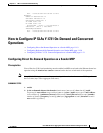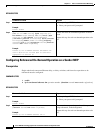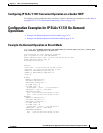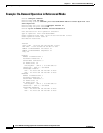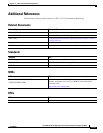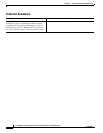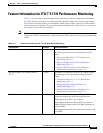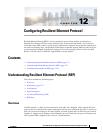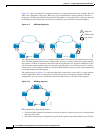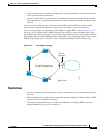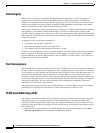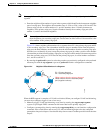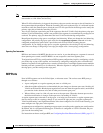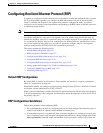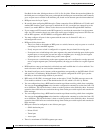
CHAPTER
12-1
Cisco ASR 901 Series Aggregation Services Router Software Configuration Guide
OL-23826-09
12
Configuring Resilient Ethernet Protocol
Resilient Ethernet Protocol (REP) is a Cisco proprietary protocol that provides an alternative to
Spanning Tree Protocol (STP) to control network loops, to respond to link failures, and to improve
convergence time. REP controls a group of ports connected in a segment, ensures that the segment does
not create any bridging loops, and responds to link failures within the segment. REP provides a basis for
constructing more complex networks and supports VLAN load balancing. Effective with Cisco IOS
Release 15.4(1)S, the Cisco ASR 901 supports REP over port-channel.
Contents
• Understanding Resilient Ethernet Protocol (REP), page 12-1
• Configuring Resilient Ethernet Protocol (REP), page 12-7
• Configuration Examples for REP, page 12-24
Understanding Resilient Ethernet Protocol (REP)
This section contains the following topics:
• Overview
• Restrictions, page 12-3
• Link Integrity
• Fast Convergence
• VLAN Load Balancing (VLB)
• REP Ports
Overview
An REP segment is a chain of ports connected to each other and configured with a segment ID. Each
segment consists of standard (non-edge) segment ports and two user-configured edge ports. A switch can
have only two ports belonging to the same segment, and each segment port can have only one external
neighbor. A segment can go through a shared medium, but on any link, only two ports can belong to the
same segment. REP is supported only on Layer 2 trunk interfaces.



